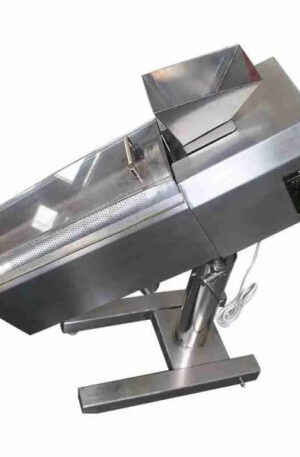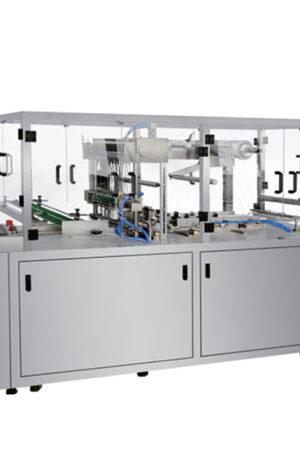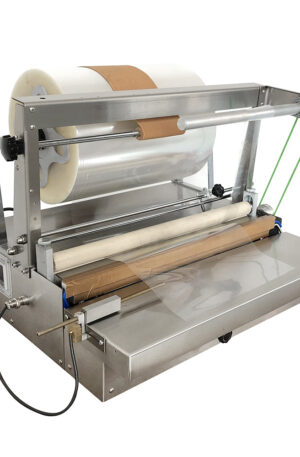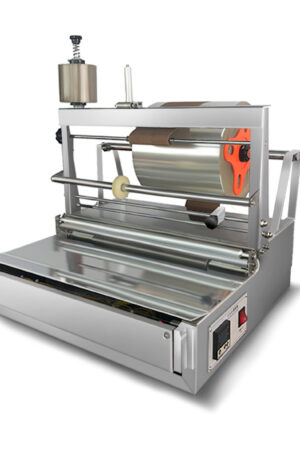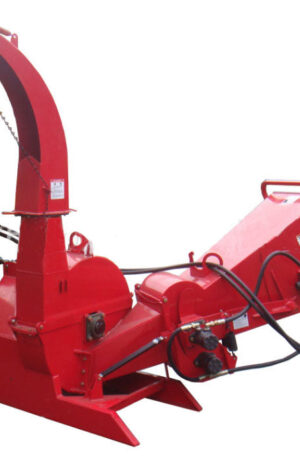Title: “The Advancements in Pharmaceutical Machinery: A Look into Cutting-Edge Technology”
In the rapidly evolving landscape of pharmaceutical manufacturing, technological advancements play a crucial role in improving efficiency, quality, and overall production process. One of the key areas where these advancements are most evident is in the development of pharmaceutical machinery, such as table press machines and capsule filling machines. In this article, we will delve into the latest innovations in pharmaceutical machinery, with a focus on the revolutionary Tableting Machine (TDP) and the Tablet Capsule Filling Machine (THDP).
Table press machines, also known as tablet presses or tableting machines, are an essential component in the production of pharmaceutical tablets. These machines exert high pressure to compress powdered materials into tablets of uniform size and shape. The latest generation of table press machines incorporates cutting-edge technology to enhance precision and productivity. Advanced features such as automatic feeding systems, digital controls, and real-time monitoring capabilities ensure consistent tablet quality and reduce downtime.
On the other hand, capsule filling machines are designed to accurately fill empty capsule shells with the desired pharmaceutical formulation. The Tablet Capsule Filling Machine (THDP) is a state-of-the-art automated equipment that streamlines the capsule filling process. By leveraging innovative mechanisms such as precision dosing, multi-channel filling, and self-cleaning functions, the THDP significantly increases production speed and efficiency compared to traditional capsule filling methods.
The integration of digital technologies and data analytics has revolutionized the pharmaceutical machinery industry. Modern table press and capsule filling machines are equipped with smart sensors and connectivity features that enable real-time monitoring of production parameters. This data-driven approach not only ensures consistent product quality but also allows for predictive maintenance, reducing the risk of machine breakdowns and production delays.
Furthermore, the advent of Industry 4.0 concepts has paved the way for interconnected and intelligent pharmaceutical manufacturing systems. Automated processes, remote diagnostics, and adaptive control systems are becoming standard features in next-generation pharmaceutical machinery. By embracing these technological advancements, pharmaceutical companies can improve their operational efficiency, meet regulatory standards, and deliver high-quality medications to patients worldwide.
In conclusion, the advancements in pharmaceutical machinery, particularly in table press machines and capsule filling machines like the TDP and THDP, signify a paradigm shift in the industry. These cutting-edge technologies not only streamline production processes but also elevate product quality and consistency. As the pharmaceutical sector continues to embrace innovation, the future of manufacturing machinery holds promise for enhanced productivity and performance in the global healthcare landscape.
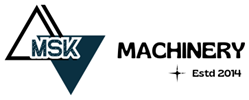
 Title: The Evolution of Pharmaceutical Machinery: Advancements, Applications, and Future Trends
Title: The Evolution of Pharmaceutical Machinery: Advancements, Applications, and Future Trends